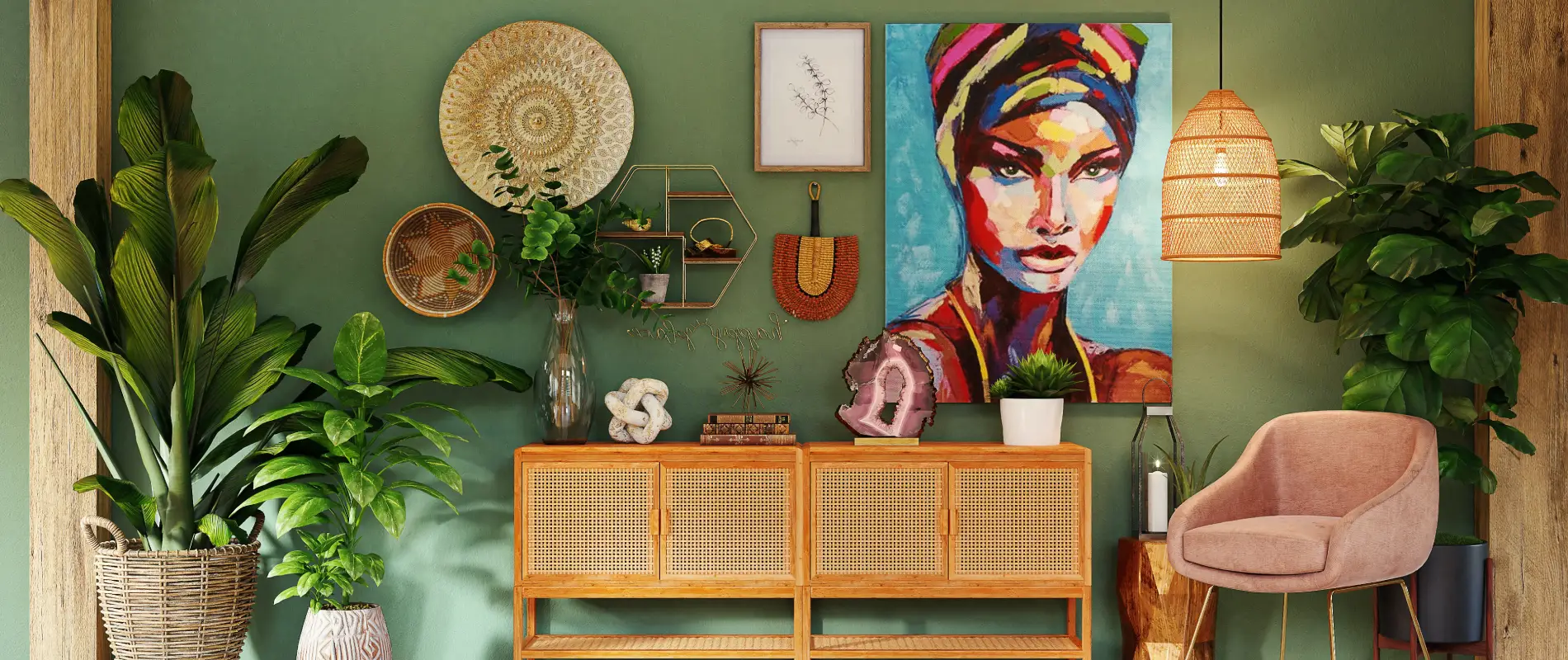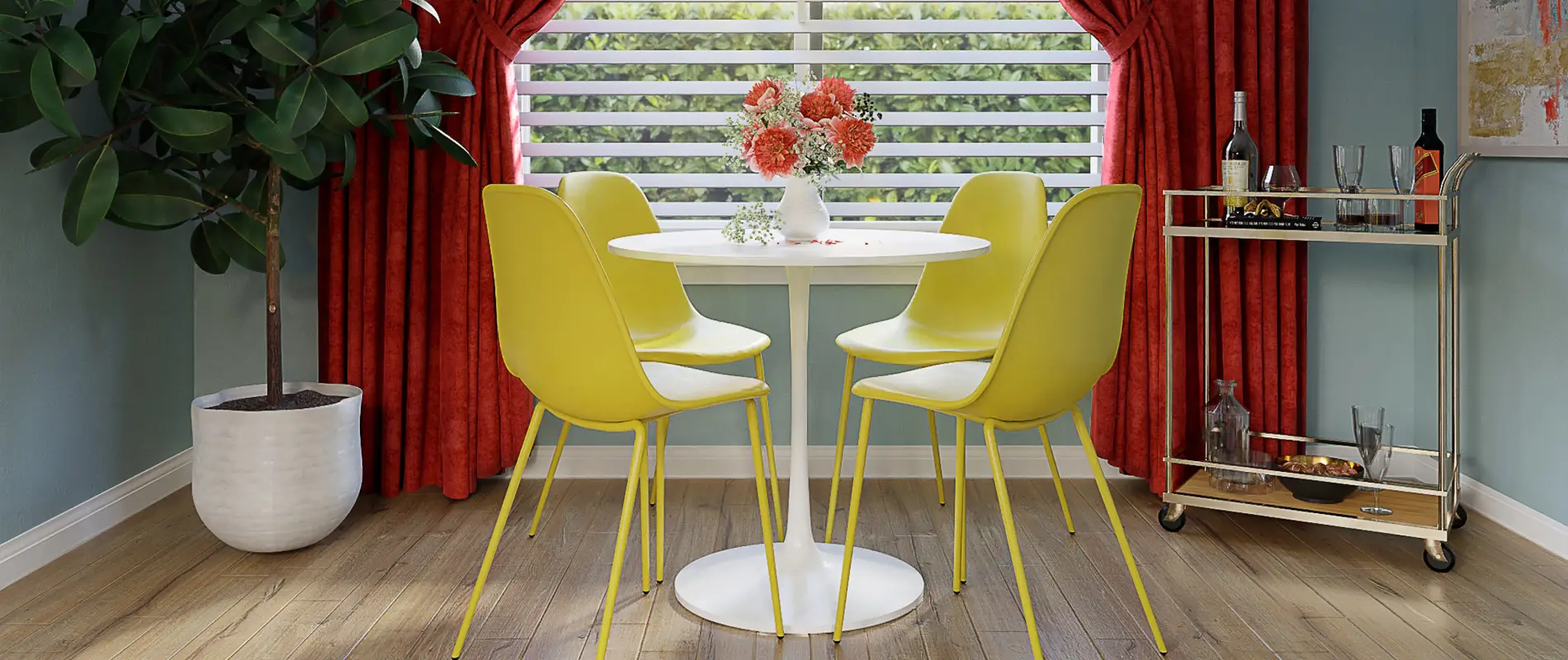
WordPress themes: Pure Footer Dark PFD-11
Build WordPress sites with MaxiBlocks. All features free forever. No locked functionality. Optional Cloud Library saves you 10+ hours per project. Start free
Transform your footer with a minimalist design
Elevate your WordPress website design with a thoughtfully crafted footer block that combines simplicity and functionality. This single-column layout is not just visually appealing but also ensures an intuitive user experience.
Original design overview
Our footer design features a clean, balanced layout that includes:
- Central logo: At the top, a prominently displayed logo captures attention.
- Horizontal navigation links: Below the logo, easily accessible links such as Blog, About, Terms, and Contact guide users effortlessly through your site.
- Copyright notice: Positioned on the left side, this detail reinforces your site’s professionalism.
- Social media icons: Located on the right, interactive icons for Facebook, Twitter, and Instagram keep your audience connected.
Element features
- Eye-catching typography: The bold, uppercase logo stands out against smaller, legible navigation links, ensuring clarity.
- Sleek iconography: Minimalist social media icons maintain the overall simplicity of the design.
- Flexible integration: While no images are included, the layout easily accommodates logos or additional icons if desired.
Unique design aspects
- Standout simplicity: Focus on usability creates an inviting environment for site visitors.
- Responsive and accessible: This design adapts beautifully to any screen size and prioritises legibility, enhancing accessibility for all users.
- White space utilisation: Thoughtful use of white space facilitates an easy reading experience and directs attention where it matters most.
Summary
With this minimalist footer design, you don’t just improve aesthetics; you enhance user navigation and create an engaging space for interaction. This footer keeps your website looking modern and professional while guiding visitors seamlessly through your content. Transform your WordPress website today with our elegant footer block!
10 use cases for the footer
Display essential links
A website footer is the perfect place to house important links that can lead your audience to key areas of your site without cluttering the main navigation. By adding essential links, you ensure easy access to vital information across the board.
Legal disclaimers and notices
The footer is an ideal location for including legal text such as copyright notices, terms of service, privacy policies, and any other disclaimers. This not only adds to the professional look but also maintains transparency and trust with your audience.
Contact information
Providing contact details in the footer, such as an email address or phone number, facilitates easy access for users needing to reach out. This approach encourages connectivity and engagement with your audience.
Social media engagement
Integrate social media icons seamlessly into your footer to encourage users to connect with you on platforms like Facebook, Instagram, and Twitter. This enriches your online presence and encourages user engagement.
Newsletter sign-ups
Including a newsletter sign-up form in the footer can effectively grow your email marketing list. It invites site visitors to stay updated with your latest content and announcements, boosting long-term engagement.
Branding emphasis
Positioning your logo prominently in the footer continually reinforces brand identity. This consistent visual cue strengthens brand recall and offers a polished, put-together look.
Secondary navigation
Offering a smaller, condensed version of your site’s navigation in the footer allows users to seamlessly explore your site from anywhere. This functionality enhances user experience without overpowering the main menu.
Showcase client testimonials
Include a section for client testimonials to build credibility and trust. Displaying real experiences from previous clients adds value and authenticity, potentially influencing new users’ decisions positively.
Recent blog posts
Featuring recent blog posts in the footer can capture the interest of readers scanning for additional information. It acts as an encouragement to explore more of your engaging content, giving depth to user interaction.
Geographical or operational details
For businesses with physical locations, the footer can include maps or operation hours to provide visitors with easy access to logistics details, making their offline journey as smooth as their online experience.
5 ways to use the footer
Enhance your site’s SEO
A well-structured footer can aid in improving your site’s SEO. Including relevant keywords and links within this space signals search engines about the nature and focus of your content, thereby boosting visibility.
Improve website navigation
Using the footer to feature a sitemap or quick navigation links can significantly enhance the user experience, aiding users in finding the content they need quickly and efficiently.
Customise for responsiveness
Ensuring your footer design is responsive means your content adapts beautifully regardless of device. This process involves utilising responsive design techniques to improve the overall user journey.
Highlight promotions or events
Strategically using the footer to call attention to ongoing promotions or upcoming events ensures audiences are informed about key happenings. This subtle yet effective placement keeps users engaged and informed.
Integrate multimedia elements
Including multimedia elements like small videos or sound bites can add dynamism to your footer. Balancing these components with minimalist design principles can provide a unique user interaction without overwhelming the space.
Frequently asked questions
What is a footer on a website?
A website footer is the bottommost section of a website. It’s an area often used to house essential information like copyright details, contact information, and legal disclaimers.
What is the size of a website footer?
The size of a website footer can vary depending on design preferences and the amount of information included. A minimalist design often features a compact yet informative layout.
What is the bottom of a website called?
The bottom of a website is referred to as the footer. This area serves as a functional space carrying essential details like navigation links, social icons, and legal notifications.
How do I add a footer to my website?
Most WordPress website builders include options to easily add and edit footers. Utilise your site’s customizer or theme settings to configure the footer as per your needs.
What elements should be included in a website footer?
An effective footer usually comprises elements such as a logo, navigation links, contact information, social media icons, and legal details. Strategic inclusion of these elements enhances usability and aesthetics.
How can I make my website footer responsive?
Designing a responsive footer involves using flexible layouts and styling rules to allow your footer to adapt seamlessly across various devices and screen sizes.
What are some best practices for footer design?
Good footer design involves clarity, accessibility, and strategic use of space. Employing simple layouts, legible text, and intuitive icons contributes to an effective design.
How can I customise my WordPress footer without coding?
You can easily customise your WordPress footer edit using the customiser tool or by utilising footer widgets offered by your chosen theme, allowing for visual changes without the need for coding.


